Kushtia’s tale of unimaginable brutality
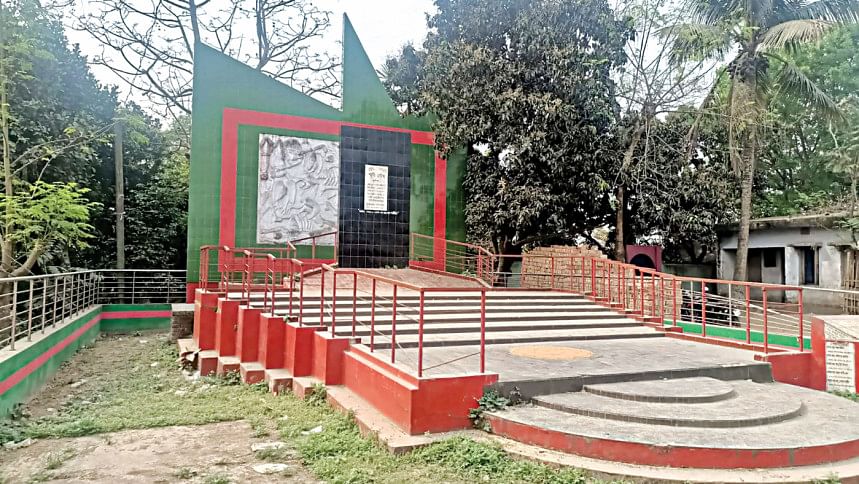
A dilapidated tin-shed stands precariously at Bittipara area in Kushtia.
For someone new to the area, the three-roomed structure looks like any old building decaying with the ravages of time. But this crumbling structure is a silent witness to crimes against humanity carried out by the marauding Pakistani army and their local collaborators during the 1971 Liberation War.
It was originally the office of the "Cotton Development Board" but during the war, it became a torture centre and mass killing site of the Pakistani army.
"The Pak army, along with local collaborators, would pick up people from various areas and mercilessly torture them there," says Abdul Latif Biswas, a freedom fighter, now in his late 70s.
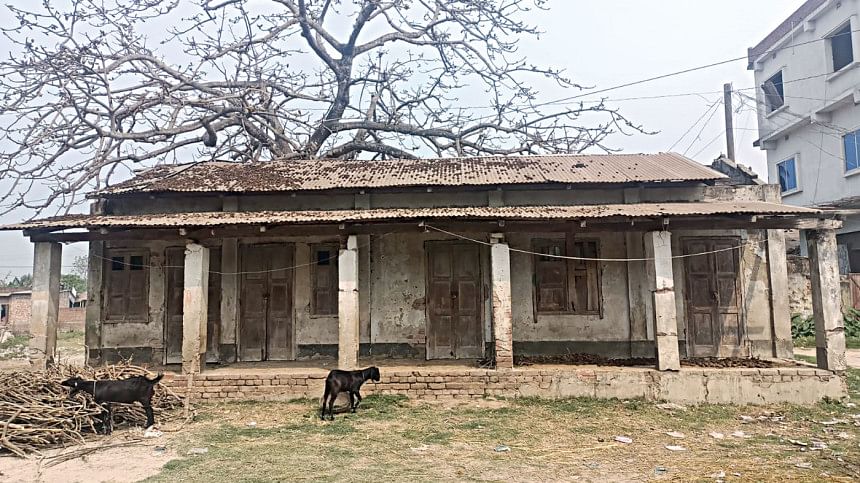
Opposite the building, there is an area filled with bushes. It is believed to be the place where the Pak army buried many of the Bangalees they killed, he said.
"The killers used to play music loudly on loudspeakers so that others could not hear the victims' screams. ... Everyone was hacked to death with their hands and legs tied. One of my cousins was pregnant then. Her stomach was cut off," said Halim Haque.
Apart from the Cotton Board Office, there were two more torture centres in the locality. Locals say how the Pakistani army tortured their victims still sends shivers down their spine.
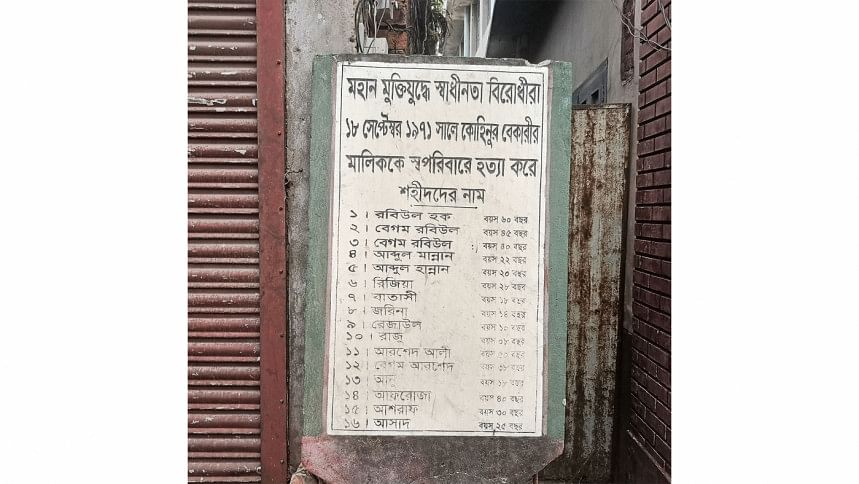
Pakistanis picked up Bangalees from Kushtia, Chuadanga, Meherpur and other places and brought them to Bittipara. On many occasions, they were blindfolded with their hands tied behind them. They shot, beheaded and bayoneted them. Many women were killed after rape. Many bodies were buried in a single grave, according to the locals.
US based filmmaker Anindo Atik, has made a 103-minute documentary titled "Battle of Kushtia" where he vividly describes the genocide in the district especially at Bittipara.
According to the documentary, freedom fighter Abdul Motleb's father was dragged there. He was forced to dig his grave and buried alive.
Talking to The Daily Star, Anindo Atik says, "Bittipara is one of the largest killing fields in the country that remains uncared for. Although a memorial was built in the area, there is no mention at the memorial of what happened there."
Rafiqul Islam, a local of Bittipara, says workers found five skulls when they were digging a piece of land while constructing the foundation of his building. The skulls were later handed over to the authorities of a privately-run genocide museum in Khulna.
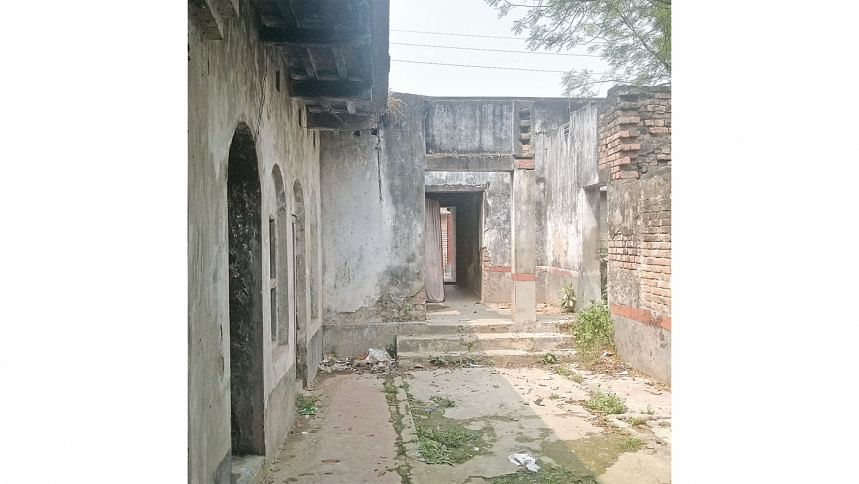
The Pakistani army carried out atrocities in many other places in Kushtia.
Kohinoor Villa is one of the killing sites situated in Deshwali Para in Kushtia town. Locally known as "Ekattorer Roktakto Bari", Biharis and local collaborators slaughtered at least 17 people there on the night of September 18, 1971.
Of the deceased, 16 were from the families of two brothers -- Rabiul Haque Mallick and Arshed Haque Mallick, who were owners of the villa. The reason for the killing was that the family used to help freedom fighters.
Rabiul's nephew Halim Haque who came back from India after the Liberation War and is now living in Kushtia, says he came to know the details of the brutalities from locals.
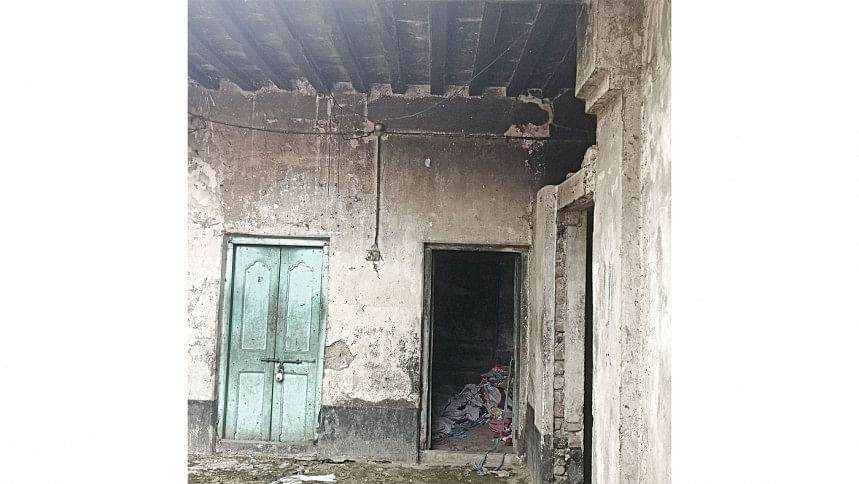
"I have no words to describe the atrocities committed by Pakistanis. The killers used to play music loudly on loudspeakers so that others could not hear the victims' screams," he adds.
"Everyone was hacked to death with their hands and legs tied. One of my cousins was pregnant then. Her stomach was cut off," he says.
The next morning, the locals found bodies lying haphazardly in the bathroom, kitchen, and corridors of the residence. Some bodies were also dumped in the drains. Bodies of the female victims were found undressed and the killers also looted valuables from the house.
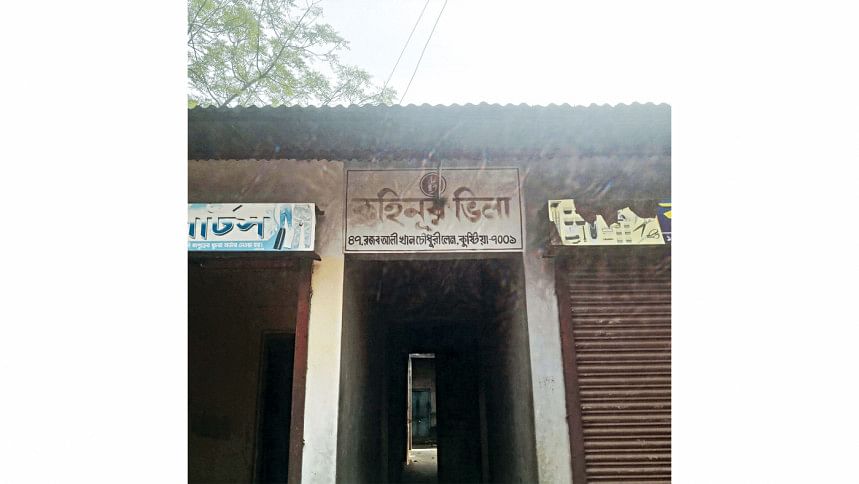
Freedom fighters in Kushtia say the Pakistani forces inflicted their rage on the people of the town so brutally because they had been defeated by the freedom fighters on March 30-31, 1971 – the early days of the war.
When the Pakistan army was approaching Kushtia to recapture it on April 16 and 17, they virtually set fire to all houses that came their way.
Giving a description of the savagery, Gawher Nayeem Wahra, a climate change and disaster management expert from Kushtia, refers to the events of April 17, 1971.
Around 25-26 men, women and children of two families took shelter in a deep hole between Ganges-Kobadak Irrigation Project canal and railway line in Chandinagar of Bheramara, to save their lives on that day.
The Pakistani military was going to Mirpur in Kushtia through that way. Unfortunately those who were hiding were discovered by the soldiers who promptly killed 18 people with brush fire in the blink of an eye. The entire pit was filled with blood.
A pregnant woman died in the brush fire, but her child was born. One of the surviving relatives took the baby, he says.
This brutal killing is included in Gawher's book titled "Ekattorer Samajik Itihas: Prottokhodorshi Boyane" based on testimonies of eyewitnesses.
In Kushtia town, Pakistani forces in association with local collaborators picked six persons from different families of Thanapara on the night of August 28 and took them to the bank of the Gorai river. One of them was released and remaining four were killed, says Gawher.
Several boatmen who came from Doulatpur to sell the firewood in the town happened to be there. Three or four boatmen were killed. The Pak Army did not spare anyone.
"They threw all the bodies into the river," he said.
An area stretching 4 kilometres from Renwick Badh to Kushtia Maha Shamshan (crematorium), on the bank of the Gorai River, are mass killing sites and mass graves, according to Lalim Haque, a freedom fighter of the area.
The Pakistan Army base was in Kushtia police lines while Roxy Cinema Hall was the headquarters of the peace committee and the Biharis. After torturing Bangalees in these two places, they were shot or slaughtered at a solitary place beside the railway or the char of the Gorai river, say locals.
Abul Ahsan Chowdhury, a retired professor at Islamic University, Kushtia, says the forces tortured and killed Kushtia Mahila College teacher Durgadas Saha; renowned singer Meer Ahia; footballer Sarwardy; and businessmen Rafiq Ahmed and Hasan Foyez, among many others, during the Liberation War.
"The Pakistani army and their collaborators killed some of Kushtia's best minds" says Ahsan, who is also a researcher and folklorist.
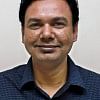

 For all latest news, follow The Daily Star's Google News channel.
For all latest news, follow The Daily Star's Google News channel. 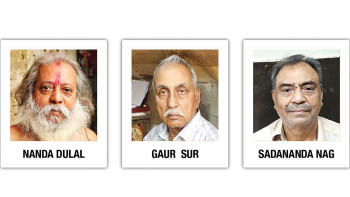


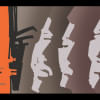


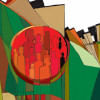
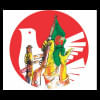


Comments